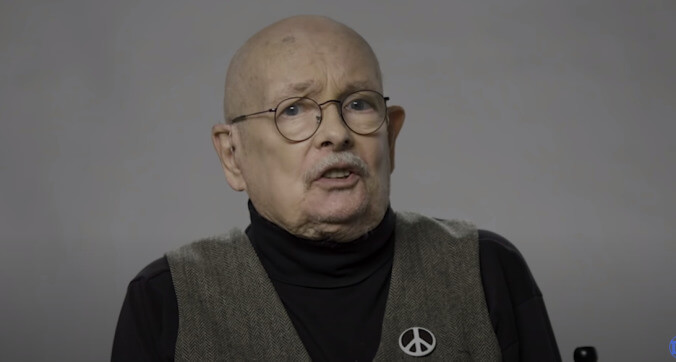R.I.P. comics legend Denny O'Neil

Dennis “Denny” O’Neil has died. A legend in the world of comics publishing, best known for his vast body of work on D.C.’s Batman family of titles, O’Neil was an industry vet with more than 30 years experience in writing and editing for both the Big Two companies, injecting their work with social consciousness and high melodrama that they might otherwise have sorely lacked. He died this week at the age of 81, from what have been reported as natural causes.
A Navy vet and newspaper columnist, O’Neil began writing for comics in the mid-’60s, jumping between Marvel and Charlston Comics before settling in at D.C. by the end of the decade. Once there, he began working with characters both new and established—including a controversial decision to de-power Wonder Woman, transforming her series into a sort of ’60s spy and martial arts comic. He gained widespread prominence, though, with his take on the character of Green Arrow, who, under O’Neil’s pen, became a strident leftist, vocally criticizing the “law and order over all” attitudes of his fellow superheroes. O’Neil’s Green Lantern/Green Arrow comics—in which former playboy Oliver Queen relentlessly pointed out the hypocrisy of the superhero space cop he found himself road-tripping with—raised issues that had rarely been touched on in mainstream comics. That included not just a memorable moment in which a Black man confronts Green Lantern, asking why he cares more for the plight of aliens than that of his fellow Americans, but also a famous plotline in which it was revealed that Green Arrow’s sidekick Speedy had become addicted to heroin. And if these late-’60s books can occasionally seem a bit hokey to modern sensibilities, it’s impossible to deny that O’Neil was instrumental in forcing superhero comics to finally confront the social context in which they were being published.
Shortly after his work on Green Lantern/Green Arrow made him a household name in the comics industry, O’Neil also began his work redefining one of D.C.’s most iconic characters, transforming him into the version he’s most familiar as for the majority of readers of comics today: Batman. Working under editor Julius Schwartz, and alongside artists like Bob Brown and especially Neal Adams, O’Neil began a steady push to put the “dark” back in the Dark Knight, moving the Batman away from the camp aesthetic that had dominated the 1960s, and into a far grittier and more grounded milieu. In O’Neil’s hands, Bruce Wayne became the brooding obsessive familiar in so many of the character’s later incarnations, and his villains became, not just high-concept crime artists, but killers of the most ruthless sort. It’s not for nothing that “The Joker’s Five-Way Revenge,” the story that made the Joker terrifying again after decades as a mostly harmless goof, carried O’Neil’s name—as did the first books featuring Ra’s Al Ghul, and the story that saw a young Frank Miller tackle the Bat for the very first time.
After wrapping up his Batman run, O’Neil spent the next several years bouncing around the industry, spending several years at Marvel, and, as the story goes, naming the Transformers character Optimus Prime in the process. (Denny O’Neil: An unimpeachable resumé.) He eventually settled back at D.C., where he’d serve as editor on the Batman titles from the mid-’80s through 2000, taking occasional writing stints on books like The Question and on numerous annuals and specials. He retired in 2000, leaving behind numerous industry awards, some of the greatest heroes and villains of all time, and a reputation as one of the first writers to recognize that comic book characters could (and should) reflect the societies that they existed in, rather than some distant and alien place.